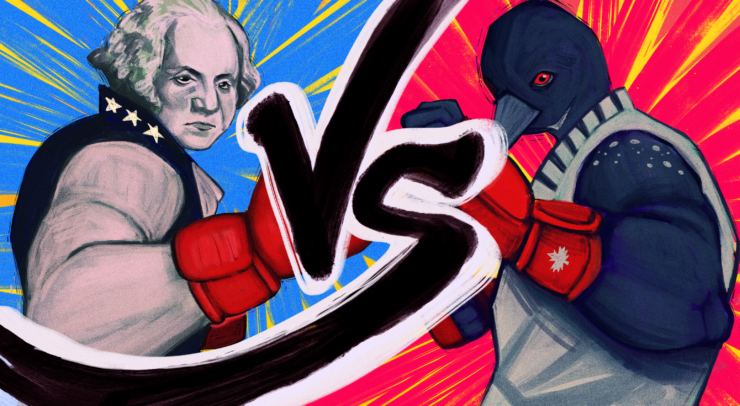The term culture is in no way controversial; it is just a word that denotes customs, traditions, and beliefs held by a sub-population. However, when someone specifies “rape culture,” many become defensive or simply incredulous, even to the point of denying its existence. Rape culture refers to any segment of society that normalizes sexual assault. This does not necessarily mean that rape is an epidemic. It means that the attitudes we possess and the behaviour we exemplify create an atmosphere that tolerates and downplays sexual assault.
One prominent example concerns victim blaming. Our tendency to focus on what the victim was wearing, drinking, or doing shifts the focus away from the victimizer. This effectively implies that people should be censoring themselves to avoid being assaulted, that somehow, the victim is partly responsible.
A more concrete illustration of rape culture concerns a startling statistic: only 8 per cent of sexual assaults are reported to police, according to a 2004 General Social Survey on Victimization. Statistics Canada Report. The reasons held for not reporting a violent crime include shame, fear of persecution, and even helplessness, which undoubtedly stems from the uncertain outcomes of coming forward with an attack.
A third exemplar of rape culture includes something as seemingly harmless as a joke. When the punch line includes any form of sexual assault—and then garners laughter—society is complicit in the act. From the common examples listed above, there are many ways in which a well-intentioned person can propagate and normalize rape culture.
Since rape culture can be defined and examples provided to defend it, the question begs: Why do people deny its very existence? One common reply suggests that men are also rape victims. Nobody would deny this claim. The problem, however, with this argument is that it ignores what statistics have demonstrated, namely, that men are generally reported as the assaulters, be it of female or male victims.
According to Statistics Canada, in 2008, the rate of police-reported sexual assault against females (68 per 100,000 population) was “more than 10 times the rate for males” (6 per 100,000 population), with “females accounting for 92 per cent of sexual assault victims in Canada.” To add, overall rates of sexual assaults for female victims were “significantly greater than males across each age group.”
Another common defense against rape culture notes that men are overlooked because they often do not report being a victim of female abuse. However, this is actually a point in favour of rape culture because when asked why men are not reporting rape, it’s because of the shame they feel—shame that stems from traditional gender roles in which men should be strong and in control. As with female victims of rape, men are made to feel that they are partly to blame for the assault. What mainstream feminists are saying is that it’s time to put an end to these kinds of false stereotypes attributed to the victims of either gender.
When anti-feminist lobbyists hear the term rape culture, the misguided association between feminism and misandry is forwarded, and rape culture deniers will quickly jump to men’s defence. Contrary to popular belief, however, feminism advocates for both men and women in the struggle for equality and respect.
Therefore, if we set aside our biases and challenge gender stereotypes, perhaps more effort can be taken to dismantle the attitudes that continue to reinforce rape culture – once and for all.
—Emily Roach
Third-year communications student





